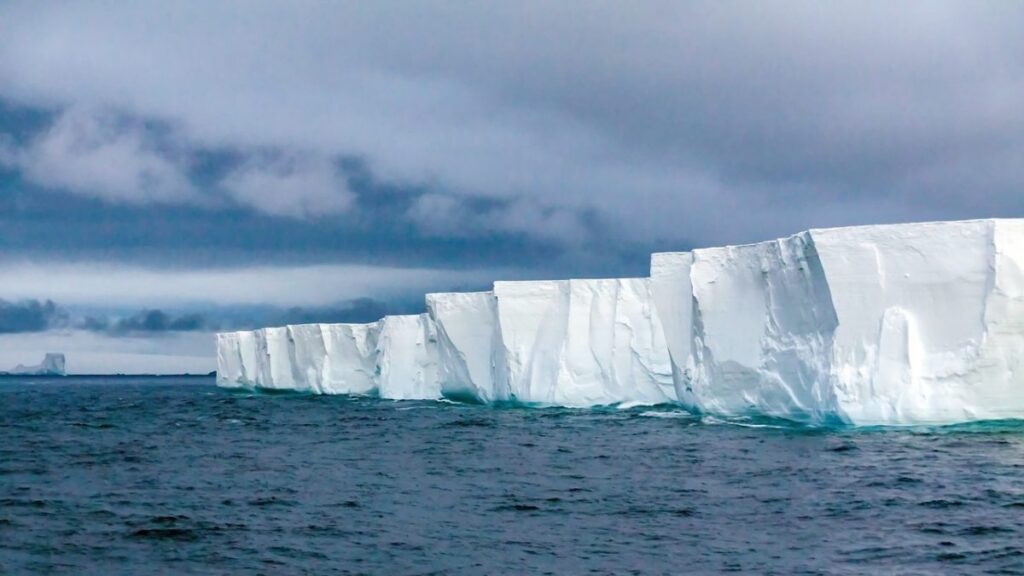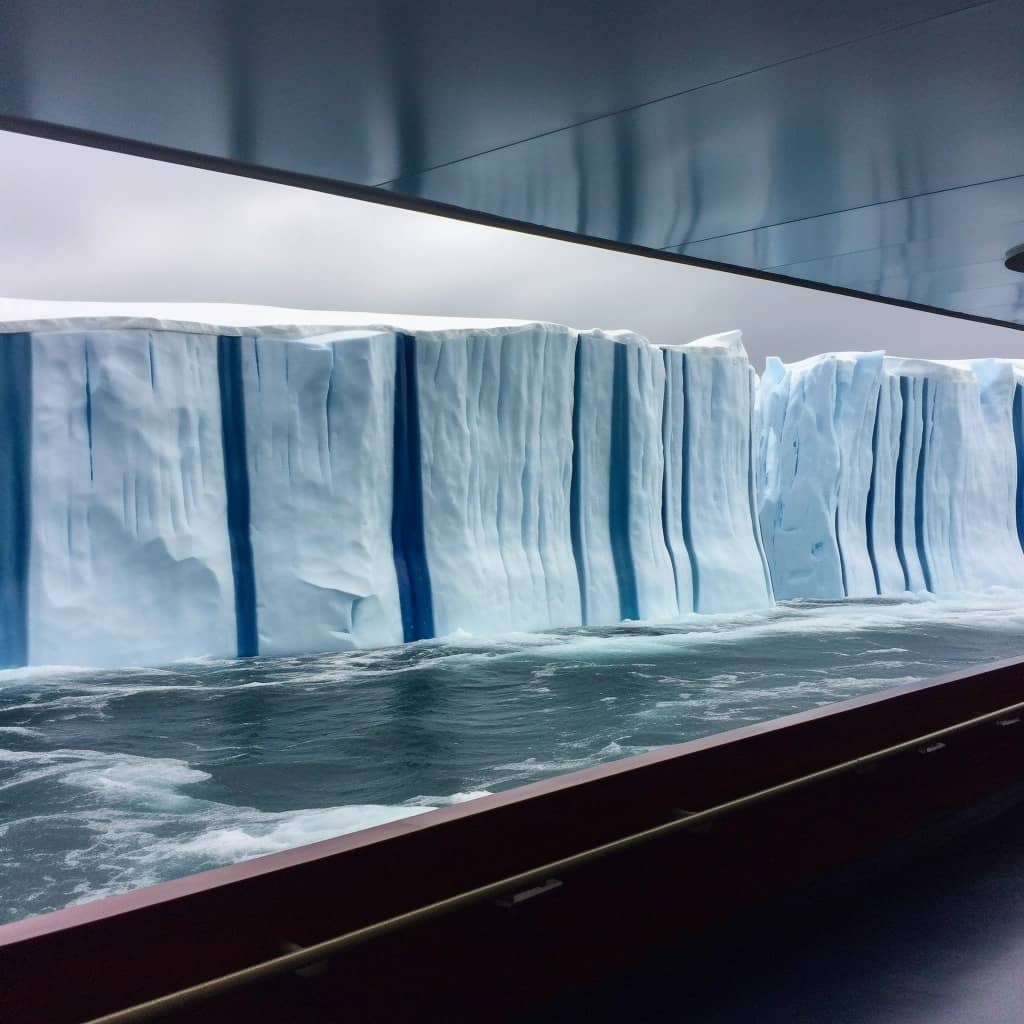Thwaites Glacier, also known as the “Doomsday” Glacier, it's melting. About the size of Florida, this ice shelf in West Antarctica contains so much water that, if it were to collapse, it would alone cause a major rise in sea levels. Fearing that current efforts to slow global warming are not enough, a group of geo-engineers led by John Moore, a glaciologist at the University of Lapland in Finland, has proposed a grandiose yet desperate plan to prevent the melting of Thwaites: surround the glacier with enormous 100-kilometer-long tents to keep out the warm water. Boom. Before calling Neuro, however, be careful.
A glacier in the balance

The Thwaites Glacier is an ice giant that extends for approximately 192.000 square kilometers. Increasingly warm ocean currents are eroding its base, weakening its structure and threatening to collapse it. If this happened, the effect on rising seas would be catastrophic: Thwaites alone is estimated to contain enough ice to raise global levels by 60 centimetres. And the worst is that its dissolution could trigger a domino effect, destabilizing other glaciers of West Antarctica and leading to a total rise of 3 metres. A truly apocalyptic scenario.
Faced with this threat, some scientists are thinking of drastic solutions. That of the glaciologist Moore is no exception: surround the entire Thwaites glacier with enormous tents, 100 kilometers long and anchored to the seabed, to protect it from warm currents. The idea is to create a barrier that diverts warm water away from the base of the glacier, slowing its melting. A titanic project, with an estimated cost of 50 billion dollars. “It seems like a crazy amount,” Moore admitted in an interview with Business Insider. “But compare the risk: the cost of coastal protection worldwide, for coastal defenses alone, is estimated at around $50 billion. Per year. For every meter of sea level rise." In other words, if we don't act now, we could find ourselves spending much more in the future to deal with the consequences.
An unprecedented engineering challenge
But how do you build such a structure around a monumental glacier, in one of the most hostile environments on the planet? Moore and his team are starting small: They are currently testing a meter-long prototype in tanks of water in laboratories. The goal is to upgrade, within a couple of years, to a 10-meter-long tent to be tested in a Norwegian fjord.
“We want to understand: what could go wrong? And if there's no solution, ultimately you just have to give up,” Moore said. “But there's also a big incentive to try to make it work.”
The engineering challenges are enormous: the tents would have to be strong enough to withstand currents, Antarctic winds and drifting icebergs, but also flexible enough to adapt to the movements of the glacier. And then there's the question of reversibility: “Any intervention should be something you can undo if you have second thoughts,” Moore stressed. You said nothing.
Wrap around a glacier? Criticisms and controversies

Moore's plan has obviously sparked skepticism and criticism from some scientists. In general, they argue that this is a stopgap solution that diverts attention from the real problem: reducing greenhouse gas emissions. Not to mention the logistical challenges of building such a colossal structure in one of the most inhospitable environments on the planet.
For his part, Moore argues that action must be taken now. From his perspective, we won't be able to reduce emissions fast enough to save this crucial glacier, and he may be right. Several studies show that huge cracks are appearing in the Thwaites Glacier, which could speed up its melting. In other words, its collapse may come sooner than we thought.
“The glacier no longer cares what humans want to do about their emissions,” Moore said. “This requires more tools in our toolbox.”
A race against time
Let's be clear: no one thinks Moore's curtains are a permanent solution. In the long term, the only way to save Thwaites Glacier and other glaciers is to reverse global warming, which means dramatically reducing our greenhouse gas emissions. But this will take time, perhaps too much. That's why projects like this, however audacious and expensive, may be our best hope for gaining precious time. Every year, every month, every day that we manage to slow down the melting of Thwaites is a small triumph in the fight against climate change.
Sure, the idea of wrapping an entire glacier in a giant blanket may seem crazy, almost dystopian. But in a world that is warming out of control, perhaps we need a little visionary madness. Because if the “doomsday” glacier collapses, the consequences will be anything but imaginary.


